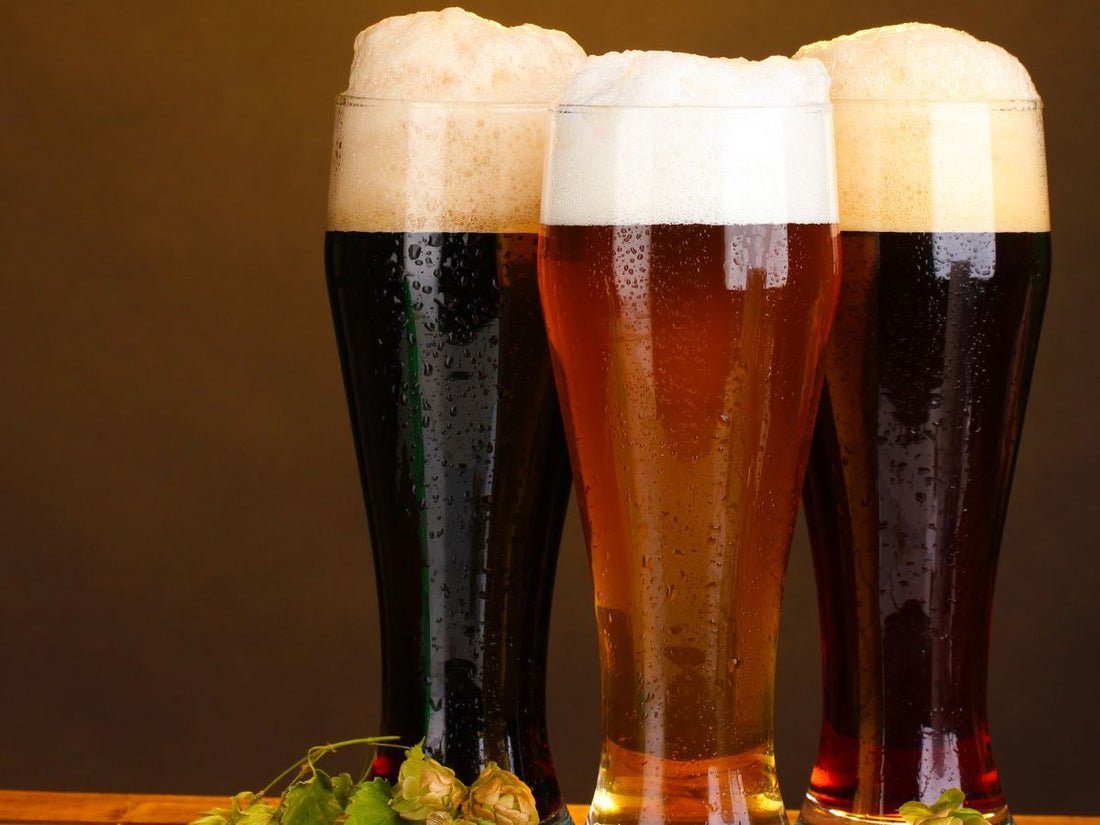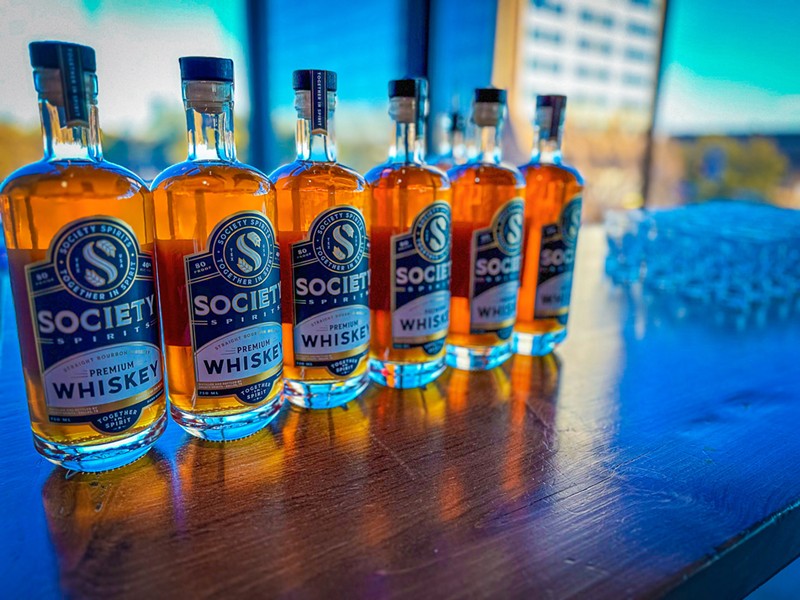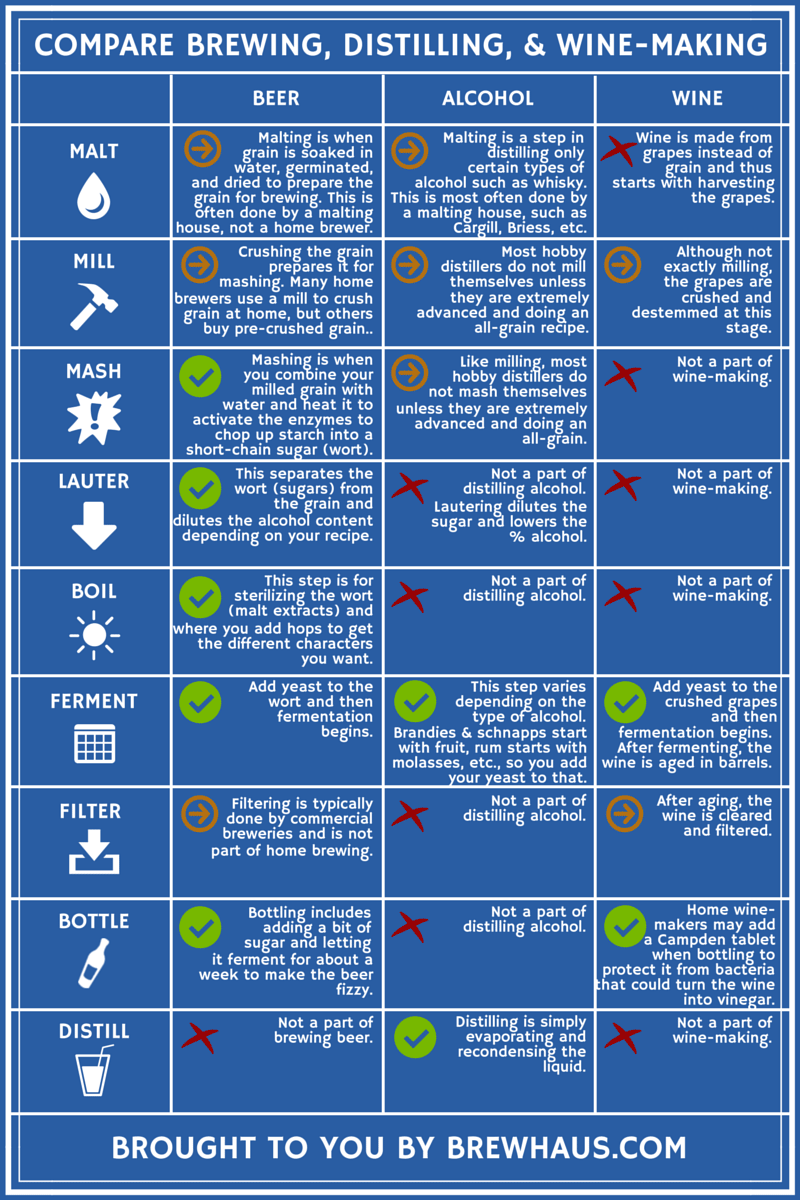Grasping the Craft of Distillation: a Deep Study Distillery Traditions
Checking out the detailed art of distillation introduces a globe steeped in time-honored traditions that have formed the spirits we delight in today. From the ancient origins of purification techniques to the modern evolution of distillery equipment, each action in the process carries with it an abundant tapestry of background and competence. As we delve into the fragile balance of modern versus traditional distilling techniques and discover the significance of crucial ingredients, a deeper understanding emerges of the extensive influence distillery traditions carry the spirits we appreciate.
Origins of Purification Strategies
The growth of distillation techniques has a rich history that traces back to ancient worlds. The principle of dividing elements based on their different boiling points laid the foundation for the sophisticated distillation processes we have today.
The earliest evidence of distillation days back to around 3000 BC in Mesopotamia, where clay pots were used to boil down perfumes and aromatic oils. The Egyptians further progressed these techniques, using purification for embalming methods and medicinal objectives. The Greeks, especially numbers like Aristotle and Hippocrates, added to the academic understanding of distillation.
Over time, distillation infect areas like India, China, and the Middle East, each society including its distinct touch to the craft. The advancement of distillation techniques proceeded with the Center Ages and the Renaissance, ultimately causing the varied array of purification processes used in contemporary distilleries worldwide.
Evolution of Distillery Equipment

With innovations in innovation and a deeper understanding of the distillation procedure, modern-day distilleries now use a variety of sophisticated tools to generate spirits of the finest quality. Today, purification devices includes column stills, reflux stills, and crossbreed stills, each made to accommodate details distillation requirements. These contemporary stills use better temperature law, raised distillation precision, and greater efficiency in separating alcohol from impurities.
In enhancement to stills, distilleries now use advanced condensers, fermenters, and purification systems to further refine the distillate. The evolution of distillery equipment proceeds to play a critical function fit the diverse variety of spirits offered out there today.
Traditional Vs. Modern Distilling Practices
In examining distilling practices, the comparison in between modern-day and typical methods reveals considerable innovations in performance and high quality. Typical distilling practices often involve classic techniques passed down through generations, highlighting craftsmanship and artisanship (Galveston Whiskey). These techniques usually rely upon copper pot stills and hands-on procedures that require a high degree of ability and experience from the distillers. Alternatively, contemporary distilling techniques leverage advanced innovation and technology to streamline production procedures and enhance uniformity. Automated systems, computerized controls, and advanced equipment allow modern distilleries to create spirits extra effectively and with better precision.
While traditional distilling techniques are cherished for their heritage and the one-of-a-kind tastes they create, modern techniques supply benefits in terms of scalability, quality assurance, and sustainability. By including clinical developments and modern engineering, distillers can optimize production, lower waste, and satisfy the demands of today's market more properly. Eventually, the selection in between modern and traditional distilling techniques often relies on the distillery's goals, worths, and target market.
Secret Components in Purification Refine
Within the craft of purification, the choice of crucial active ingredients plays an essential role in figuring out the flavor account and high quality of the spirits generated. The key ingredients used in the purification process are usually water, yeast, and Read Full Report a fermentable source such as grains, fruits, or sugarcane.
Water is an essential component as it not just waters down the alcohol content to a palatable degree yet likewise affects the total mouthfeel and appearance of the spirit. The top quality and mineral content of the water used can considerably affect the end product.
Yeast is one more necessary active ingredient that transforms the sugars existing in the fermentable resource into alcohol with the process of fermentation. Different pressures of yeast can generate differing tastes and fragrances, adding to the special features of the spirit.

Influence of Distillery Traditions on Spirits
The influence of historical distillery customs on spirits prolongs beyond the choice of key components, forming the very explanation essence and character of the final distilled products (Galveston Whiskey). These traditions, passed down via generations, play a crucial function in specifying the distinct preference accounts and top qualities that distinguish one spirit from another
Distillery practices include a vast array of techniques, from the certain methods used in purification to the option old procedures employed. The usage of conventional copper pot stills in scotch production is thought to pass on particular tastes and characteristics that are very valued by connoisseurs. The aging of spirits in oak barrels, a technique deeply rooted in distilling traditions, contributes to the development of complex scents and tastes over time.

Verdict
From the beginnings of distillation techniques to the modern-day methods, the impact of distillery practices on spirits is indisputable. Distillery practices play a vital function in forming check over here the spirits market and preserving the heritage of distillation techniques.
Throughout the history of purification, the equipment utilized in distilleries has actually undergone substantial development to improve efficiency and high quality of the distillation procedure.With developments in modern technology and a deeper understanding of the distillation procedure, modern-day distilleries now use a range of innovative equipment to create spirits of the greatest high quality. Today, distillation tools consists of column stills, reflux stills, and crossbreed stills, each designed to cater to particular distillation requirements. From the origins of distillation methods to the contemporary methods, the effect of distillery customs on spirits is indisputable. Distillery customs play an important function in shaping the spirits industry and preserving the heritage of purification techniques.